A Fine William and Mary Olive Oyster and Laburnum Chest, Circa 1680-1700
Sold
Request Information
Follow Us
A Fine William and Mary Olive Oyster and Laburnum Chest, Circa 1680-1700
The rectangular cross-grain Laburnum moulded holly banded top is veneered in well-chosen olive oysters laid in geometric patterns incorporating roundels and corner arc quadrants inlaid in holly. Similarly, the holly-banded sides are entirely covered in well-chosen olive oysters.
Divided by cross-grain D-mouldings, the two short over three long oak-lined holly banded graduating drawers are decorated with book-matched olive oysters, each inlaid in opposing atypical break arches of holly. Raised on solid ash bun feet.
The chest is incredibly well proportioned, visually beautiful, unusual and of very good colour and patination.
Condition
Good. Wear consistent with age and use. Age-related marks as to be expected on a chest dating from the late 17th century. The escutcheons are possibly original. Two period keys are present. Superb colour and patination.
Dimensions
Height: 89.5 cm (35.24 in)
Width: 96 cm (37.8 in)
Depth: 57 cm (22.45 in)
PREVIOUSLY SOLD
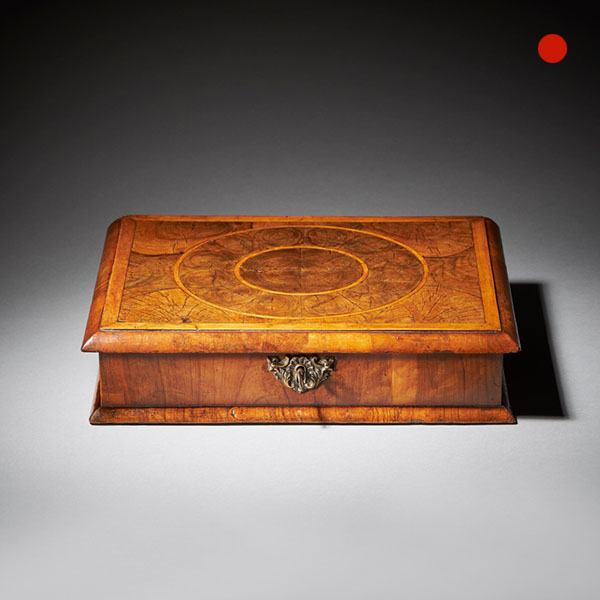
A Fine William and Mary 17th-Century Olive Oyster Lace Box
A Fine William and Mary 17th-Century Olive Oyster Lace Box Sold Follow UsA Fine William and Mary 17th-Century Olive Oyster Lace Box A Fine Late 17th Century Olive Oyster 'Lace Box' of Small Proportions. Circa 1680-1690 England. The...
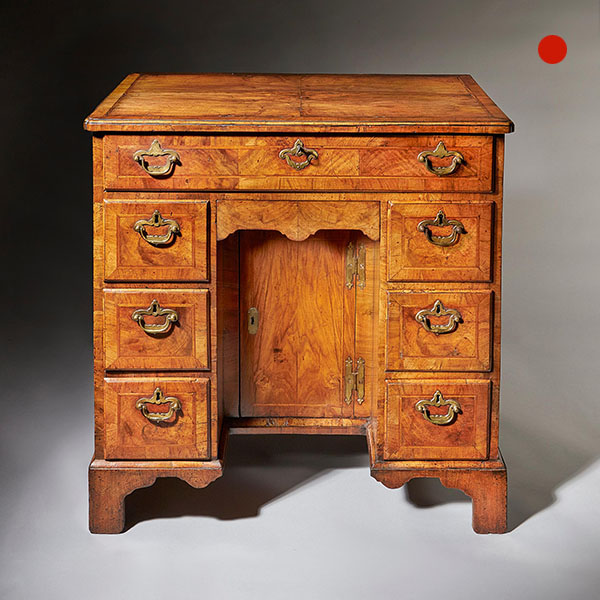
Figured Walnut George II 18th Century Kneehole Desk Attributed to Elizabeth Bell
Figured Walnut George II 18th Century Kneehole Desk Attributed to Elizabeth Bell £7,600 Follow UsFigured Walnut George II 18th Century Kneehole Desk Attributed to Elizabeth Bell A Fine George II Figured Walnut Kneehole Desk Attributed to...

Diminutive 17th century William and Mary Olive Oyster Miniature Chest of Drawers
Diminutive 17th century William and Mary Olive Oyster Miniature Chest of Drawers Sold Follow UsDiminutive 17th century William and Mary Olive Oyster Miniature Chest of Drawers From the reign of King William & Queen Mary (1688-1702)...

George II Burr/Burl Walnut Caddy Topped Chest, circa 1730-1740
George II Burr/Burl Walnut Caddy Topped Chest, circa 1730-1740 SOLD Follow UsGeorge II Burr/Burl Walnut Caddy Topped Chest, circa 1730-1740 An important George II burr walnut caddy topped chest, circa 1730-1740. With firm...
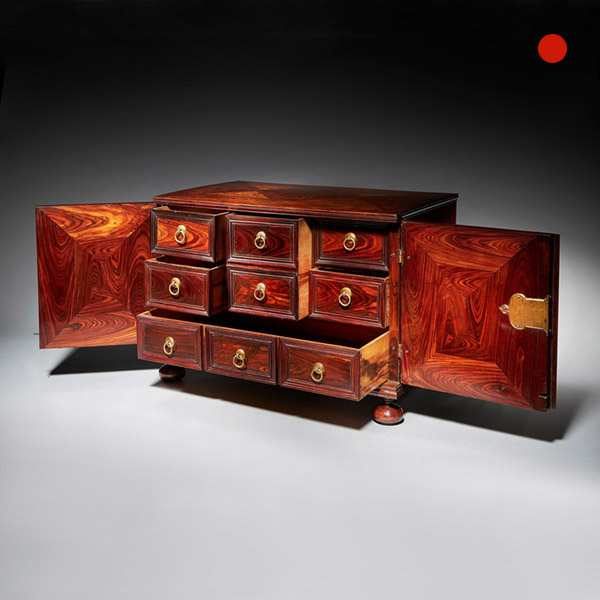
Extremely Rare and Fine Miniature Kingwood Table Cabinet from the Reign of Charles II
Extremely Rare and Fine Miniature Kingwood Table Cabinet from the Reign of Charles SOLD Follow UsExtremely Rare and Fine Miniature Kingwood Table Cabinet from the Reign of Charles Extremely rare and fine miniature kingwood table cabinet from...
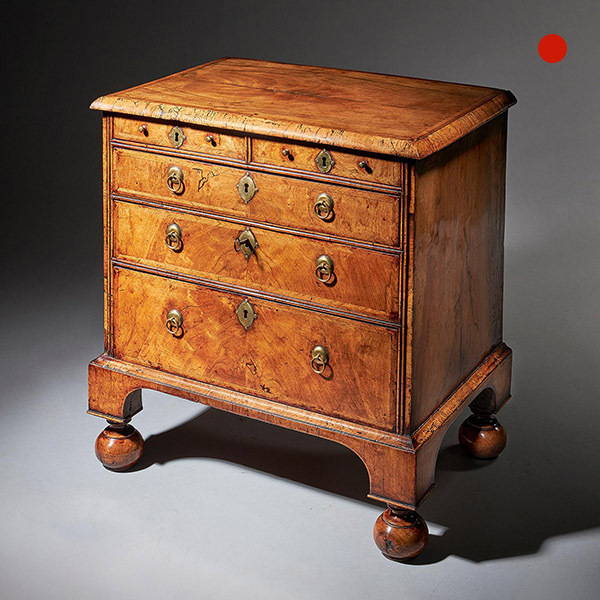
An extremely rare George I walnut chest of small proportions on ball and bracket
An extremely rare George I walnut chest of small proportions on ball and bracket SOLD Follow UsAn extremely rare George I walnut chest of small proportions on ball and bracket The cross-grain moulded and feather banded book-matched top sits...

A Fine William and Mary 17th-Century Olive Oyster Lace Box
A Fine William and Mary 17th-Century Olive Oyster Lace Box Sold Follow UsA Fine William and Mary 17th-Century Olive Oyster Lace Box A Fine Late 17th Century Olive Oyster 'Lace Box' of Small Proportions. Circa 1680-1690 England. The...

Figured Walnut George II 18th Century Kneehole Desk Attributed to Elizabeth Bell
Figured Walnut George II 18th Century Kneehole Desk Attributed to Elizabeth Bell £7,600 Follow UsFigured Walnut George II 18th Century Kneehole Desk Attributed to Elizabeth Bell A Fine George II Figured Walnut Kneehole Desk Attributed to...

Diminutive 17th century William and Mary Olive Oyster Miniature Chest of Drawers
Diminutive 17th century William and Mary Olive Oyster Miniature Chest of Drawers Sold Follow UsDiminutive 17th century William and Mary Olive Oyster Miniature Chest of Drawers From the reign of King William & Queen Mary (1688-1702)...

George II Burr/Burl Walnut Caddy Topped Chest, circa 1730-1740
George II Burr/Burl Walnut Caddy Topped Chest, circa 1730-1740 SOLD Follow UsGeorge II Burr/Burl Walnut Caddy Topped Chest, circa 1730-1740 An important George II burr walnut caddy topped chest, circa 1730-1740. With firm...

Extremely Rare and Fine Miniature Kingwood Table Cabinet from the Reign of Charles II
Extremely Rare and Fine Miniature Kingwood Table Cabinet from the Reign of Charles SOLD Follow UsExtremely Rare and Fine Miniature Kingwood Table Cabinet from the Reign of Charles Extremely rare and fine miniature kingwood table cabinet from...

An extremely rare George I walnut chest of small proportions on ball and bracket
An extremely rare George I walnut chest of small proportions on ball and bracket SOLD Follow UsAn extremely rare George I walnut chest of small proportions on ball and bracket The cross-grain moulded and feather banded book-matched top sits...
YOU MAY ALSO LIKE
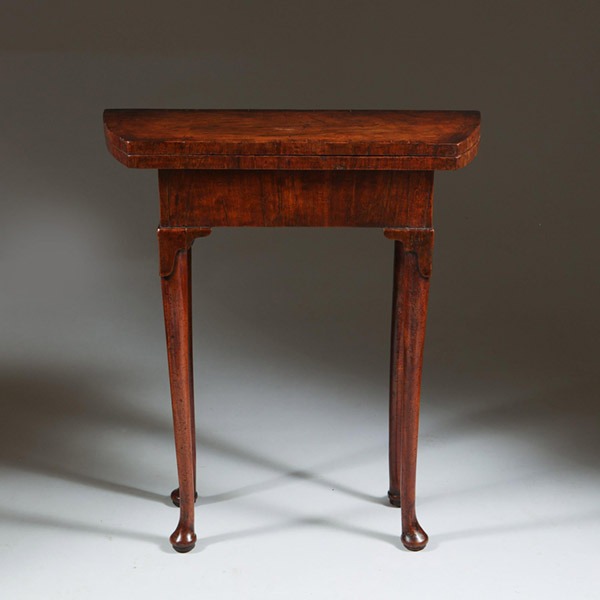
A Unique Early 18th Century Diminutive George I Figured Walnut Bachelors Table
A Unique Early 18th Century Diminutive George I Figured Walnut Bachelors Table £12,800Follow UsA...
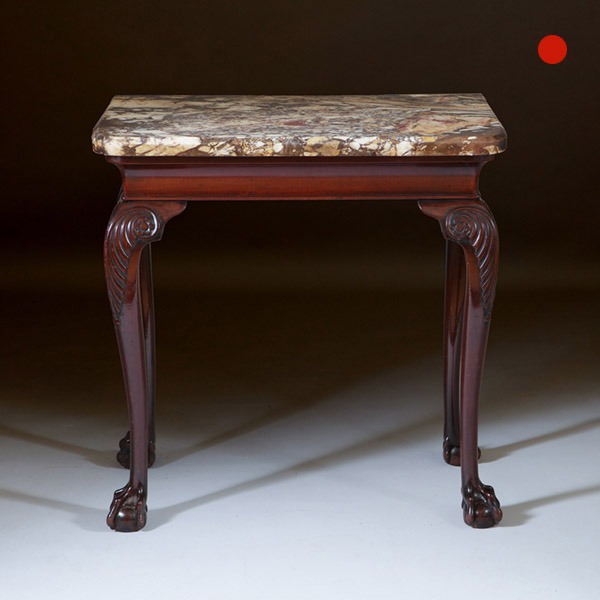
A Fine 18th Century George II Mahogany Marble Topped Console Table, Ireland
A Fine 18th Century George II Mahogany Marble Topped Console Table, Ireland SoldFollow UsA Fine...
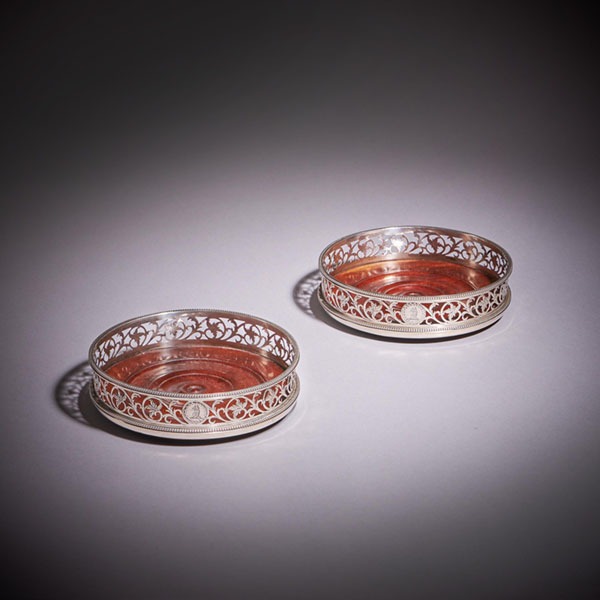
A Fine Pair of 18th Century George III Silver Engraved Open Fret Wine Coasters
A Fine Pair of 18th Century George III Silver Engraved Open Fret Wine Coasters £3,600Follow UsA...
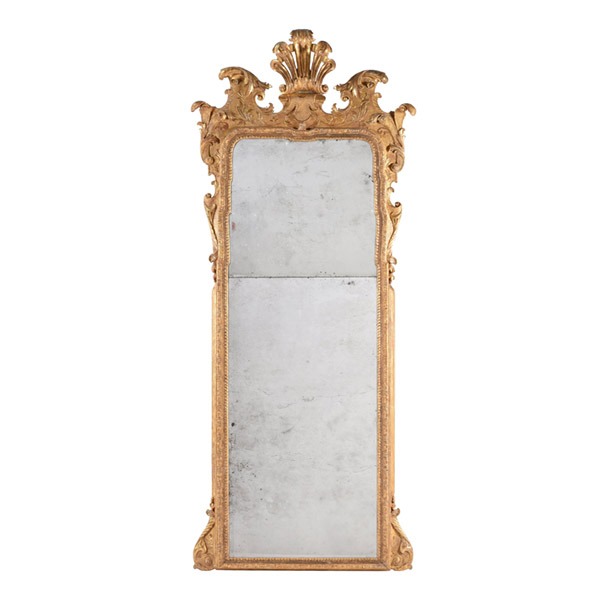
A Large 18th Century George I Gilt-Gesso Pier Glass, Attributed to John Belchier
A Large 18th Century George I Gilt-Gesso Pier Glass, Attributed to John Belchier £42,000Follow UsA...
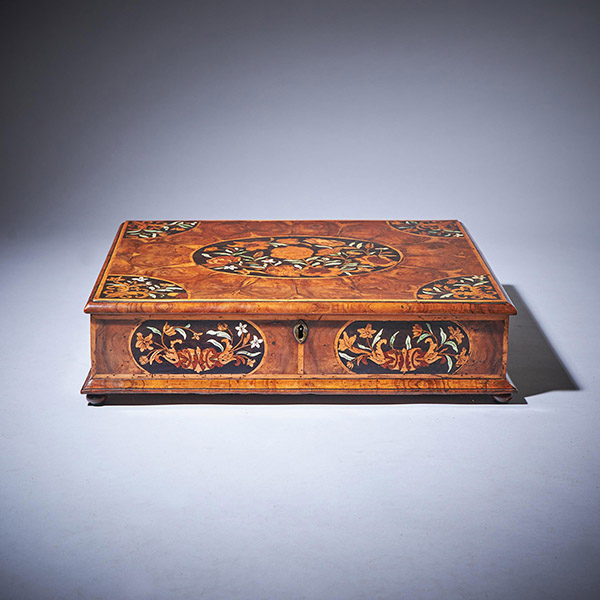
17th Century William and Mary Floral Marquetry Olive Oyster Lace Box, Circa 1685
17th Century William and Mary Floral Marquetry Olive Oyster Lace Box, Circa 1685 £16,000Follow...

A Fine 18th Century George II Figured Walnut Chest on Chest or Tallboy, 1740
A Fine 18th Century George II Figured Walnut Chest on Chest or Tallboy, 1740 £14,000[wpforms_selector form_id="11387" _builder_version="4.22.1" _module_preset="default" custom_margin="-30px||||false|false" hover_enabled="0"...

A Unique Early 18th Century Diminutive George I Figured Walnut Bachelors Table
A Unique Early 18th Century Diminutive George I Figured Walnut Bachelors Table £12,800Follow UsA...

A Fine 18th Century George II Mahogany Marble Topped Console Table, Ireland
A Fine 18th Century George II Mahogany Marble Topped Console Table, Ireland SoldFollow UsA Fine...

A Fine Pair of 18th Century George III Silver Engraved Open Fret Wine Coasters
A Fine Pair of 18th Century George III Silver Engraved Open Fret Wine Coasters £3,600Follow UsA...

A Large 18th Century George I Gilt-Gesso Pier Glass, Attributed to John Belchier
A Large 18th Century George I Gilt-Gesso Pier Glass, Attributed to John Belchier £42,000Follow UsA...

17th Century William and Mary Floral Marquetry Olive Oyster Lace Box, Circa 1685
17th Century William and Mary Floral Marquetry Olive Oyster Lace Box, Circa 1685 £16,000Follow...

A Fine 18th Century George II Figured Walnut Chest on Chest or Tallboy, 1740
A Fine 18th Century George II Figured Walnut Chest on Chest or Tallboy, 1740 £14,000[wpforms_selector form_id="11387" _builder_version="4.22.1" _module_preset="default" custom_margin="-30px||||false|false" hover_enabled="0"...
















